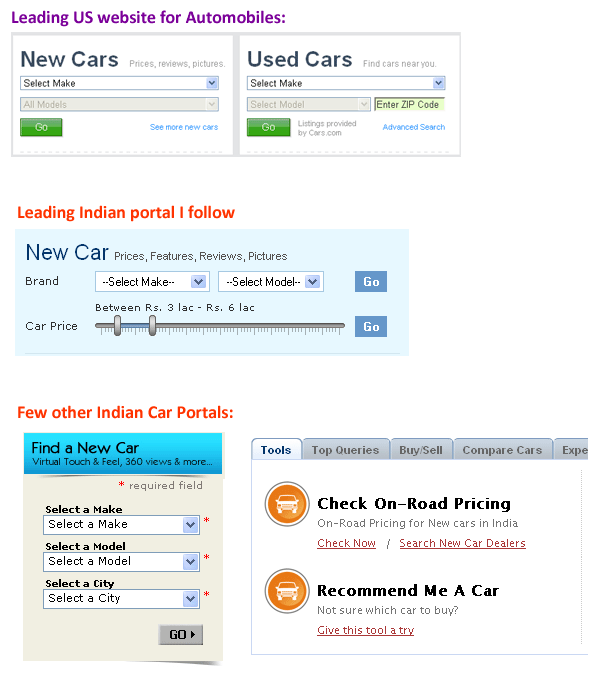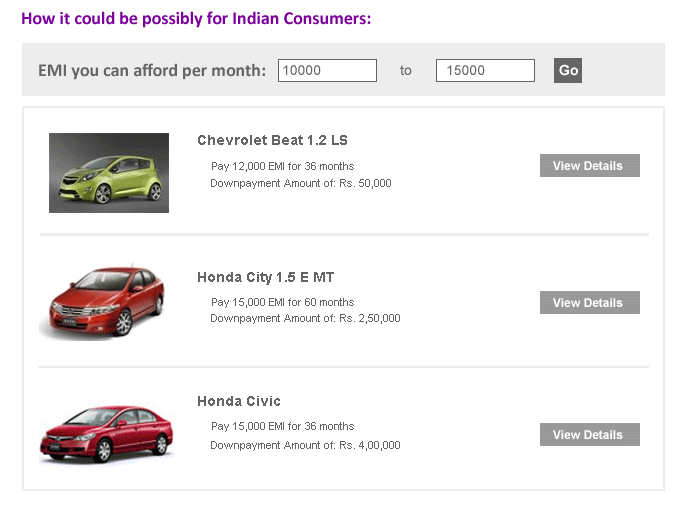Many startups struggle when it comes to building features for their product. Their product road-maps are a list of features they plan to include over next 6-9 months; once they are built out – its a feature mess ~ too many things to do that leaves the user confused.
This does not stop here., entrepreneurs always have this gut feeling – the next feature will be ‘the one’ that will make it up for us. End result is the product becomes feature-heavy or too complex to use.
On my last post – 15 Steps towards building a Great Product, I posted about a simplified approach towards building products; this post is about adding a little magic with just 1-Click.
Here are some examples of 1-Click features:
- Amazon: 1-Click Checkout (Transaction)
- AngelList: 1-Click Apply to Accelerators (Application)
- AngelList: 1-Click Introduction for hiring talent (Hiring)
- Facebook: 1-Click Sign-in for 3rd Party Apps (Registration)
- Foursquare: 1-Click Check-in (Location)
- LinkedIn: 1-Click Endorsement (Interaction)
- LinkedIn: 1-Click Apply (Hiring)
- Quora: 1-Click Upvote (Endorsement)
- Twitter: 1-Click on # for Topics & Trends (Buzz)
- Uber: 1-Click to Book-a-Cab (Location)
The equation is simple here – what is the core data the product has about the end user and figure out the 1-click feature that best suits your product use-case.
Example.,
- Amazon stores user data & credit card information which enables it to do single click checkout.
- AngelList has a startup profile that it connects with investors / accelerators / talent.
- Facebook has user information & social graph through which it allows users to signup for 3rd party apps.
- LinkedIn has professional profile of the user through which it allows users to apply for jobs.
- Foursquare has user’s location that is used to check-in at a venue.
- Quora has user’s credentials that are used to upvote (or endorse) a particular answer.
- Uber has user’s location that is used to book a cab.
Similarly there are opportunities for 1-click on-site distribution. Share on Facebook, Retweet on Twitter, Re-pin on Pinterest or Re-blog on Tumblr are some superb examples of on-site distribution achieved by a single click!
Concluding Notes:
Many startups choose to ignore simple means to add a magical experience to their products. Focus on building too many features makes the product a bit complicated and difficult to use.
Remember – most startup products / features are just connecting two dots. Do that with a single click and make it feel like magic!

